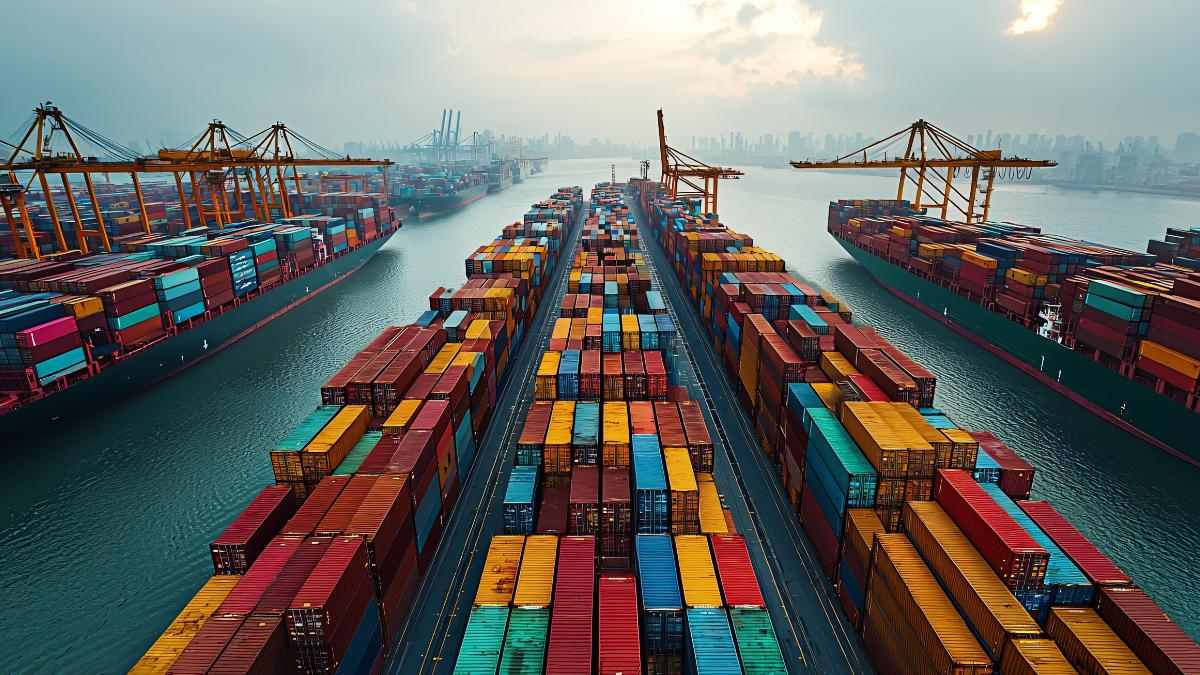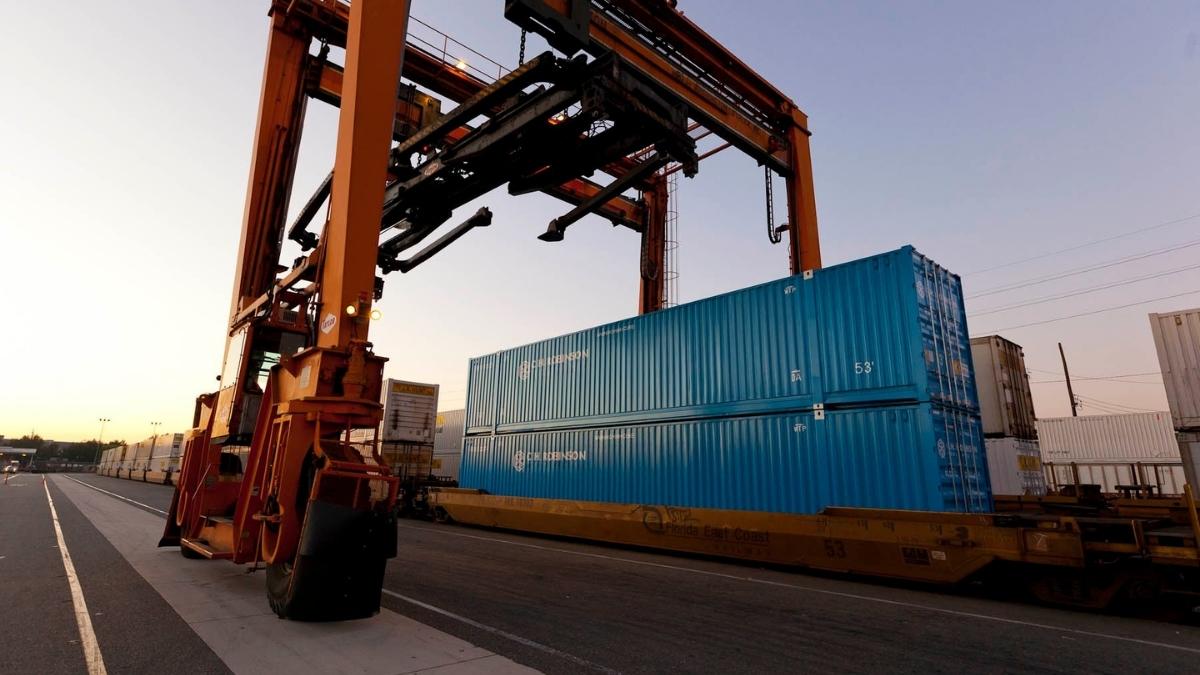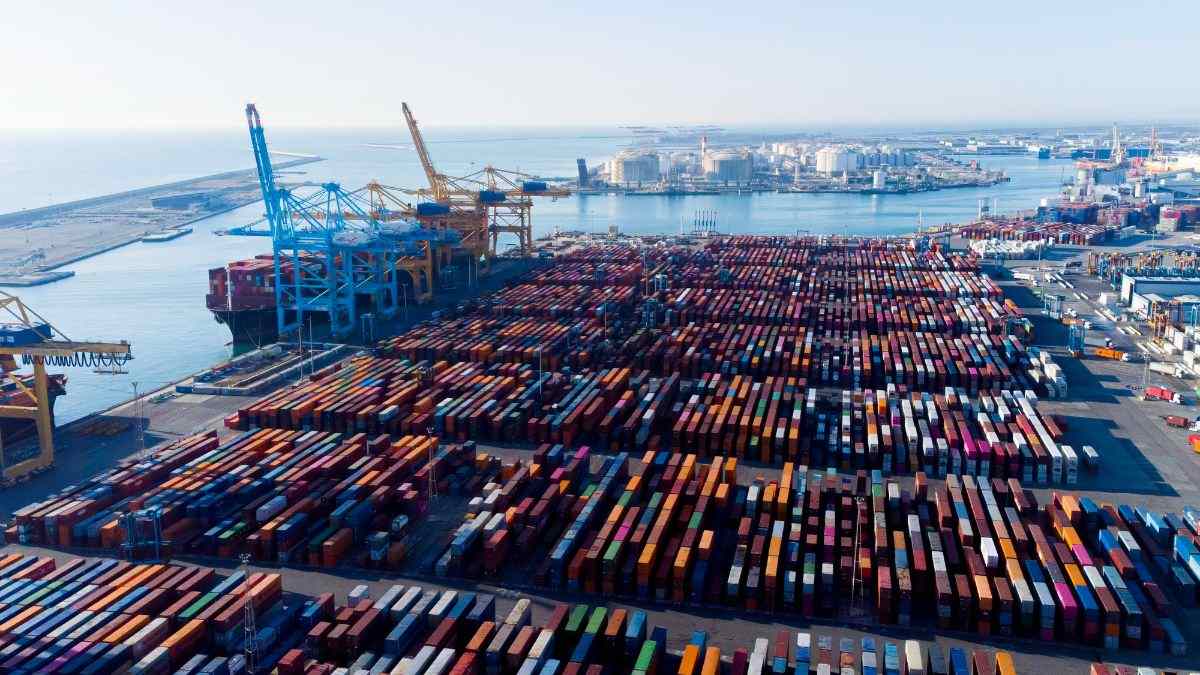
As global trade policy continues to evolve, companies are paying closer attention than ever—and for good reason. Trade policy directly impacts supply chains, influencing both short- and long-term strategies for companies. Keep in mind, while U.S. administrations may differ in how they use and implement trade policy, the overarching goals have remained consistent: to win the economic and military competition with China and to bring strategic manufacturing back to the United States.
As these goals have become more entrenched across administrations, many shippers are taking a more proactive role in shaping their sourcing strategies. It’s no longer just about “China +1” or “China +2.” Increasingly, companies are adopting a more structured approach: the sourcing hierarchy.
Managing 37 million shipments across the globe annually, C.H. Robinson is deeply engaged in helping shippers explore and implement sourcing hierarchy strategies. This approach allows companies to prioritize sourcing locations based on geopolitical realities, business continuity, and cost efficiency.
What is a sourcing hierarchy?
Think of a sourcing hierarchy like a modal hierarchy in logistics. Just as airfreight is used for speed, truckload for flexibility, rail for efficiency, and ocean for scale, a sourcing hierarchy guides companies importing into the United States through tiers of options based on their needs and risk tolerance.
Here’s a simplified version of the hierarchy:
- China
- China-adjacent countries (e.g., Vietnam, Thailand, Malaysia)
- Friendshoring partners (e.g., Europe, Australia, South Korea, Japan)
- Nearshoring to the Americas (e.g., Mexico, Canada, Latin America)
- Reshoring to the United States
While these sourcing concepts aren’t new, the framework and the urgency to adopt them is. Diversification away from China has been underway for over a decade, but recent U.S. import data shows that the pace is accelerating—and it’s likely to continue.
Weighing the risks and costs
Each level of the sourcing hierarchy comes with its own trade-offs in terms of cost, risk, and supply chain design:
- China remains a cornerstone for many due to its manufacturing scale and maturity. However, rising tariffs, intellectual property concerns, and geopolitical tensions are prompting companies to diversify.
- China-adjacent countries like Vietnam, Thailand, and Malaysia offer similar capabilities with lower geopolitical risk. But infrastructure, capacity, and lead times can vary significantly.
- Friendshoring, which involves sourcing from politically aligned countries, adds resilience. Partners in Europe, Australia, Korea, and Japan offer stable trade relations, though logistics and compliance may require additional support.
- Nearshoring to Mexico, Canada, or Latin America can reduce transit times and transportation risks. However, it often demands a redesign of the supply chain and requalification of suppliers.
- Reshoring to the United States is gaining traction in sectors like semiconductors and electric vehicles. While it offers control and proximity, it typically involves higher initial costs and long-term investments in workforce and automation.
Making it work for your supply chain
Just like modal hierarchies, sourcing hierarchies aren’t one-size-fits-all. Every supply chain has its own complexities, and sourcing strategies must be tailored accordingly.
To succeed, companies need:
- Real-time regulatory insights
- Advanced logistics technologies
- Multimodal expertise
Whether it’s shifting production from Asia to Mexico to reduce transit time or scaling up a European site to leverage friendshoring, the key is selecting the right mix of partners and pathways.
This isn’t a quick fix or something you can accomplish in a few days; it’s a strategic realignment aimed at building more agile, resilient supply chains for the long haul. By aligning sourcing and logistics strategies with the broader trade landscape, companies can reduce risk and gain a competitive edge. Navigating this transformation takes thoughtful planning and adaptability—one lane, one product, one market at a time.



